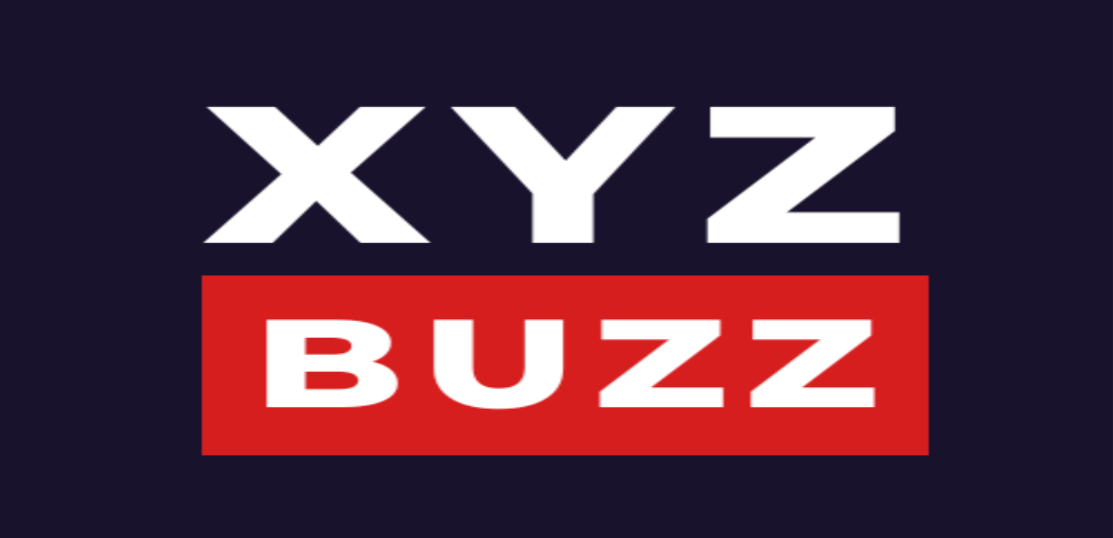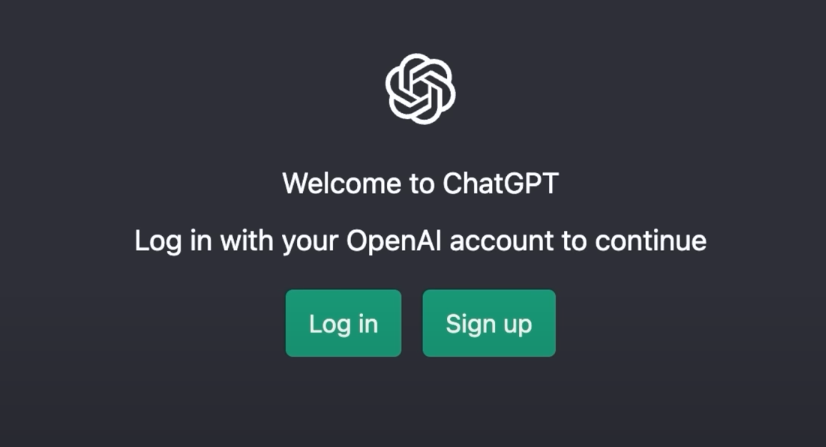In a shocking turn of events, ChatGPT, the popular AI-powered chatbot by OpenAI, experienced a global outage on February 6, 2025, affecting millions of users across the world. The disruption began early in the day, with users reporting login failures, response delays, and complete service inaccessibility on web, mobile, and API platforms.
As soon as the outage hit, frustrated users took to social media, making the hashtag #ChatGPTDown trend worldwide. This latest disruption has sparked widespread discussions on the reliability of AI-powered services, the risks of over-dependence on AI, and what this means for the future of artificial intelligence.
🛑 What Happened? The Timeline of the ChatGPT Outage
The first reports of ChatGPT going down emerged around 9:14 AM IST on various online forums and platforms. Downdetector, a website that tracks service outages, recorded over 22,000 user complaints within just an hour. The majority of reports indicated that users were unable to log in, while others reported slow responses and API failures.
Soon after, OpenAI acknowledged the outage on its status page, stating that they were actively investigating the issue.
Here’s a timeline of key events during the outage:
✔ 9:14 AM IST – Initial reports of ChatGPT issues surface online.
✔ 9:30 AM IST – Users report login failures, server errors, and chatbot unresponsiveness.
✔ 10:00 AM IST – #ChatGPTDown starts trending on Twitter (X) and Reddit, with users sharing complaints and memes.
✔ 10:15 AM IST – OpenAI confirms the outage, stating that their engineers are working on a fix.
✔ 11:00 AM IST – Some users experience partial service restoration, but issues persist globally.
✔ 12:30 PM IST – OpenAI deploys temporary fixes, with the service returning for some users.
✔ 1:30 PM IST – OpenAI announces that full recovery is in progress, but they are still monitoring the situation.
🌍 Who Was Affected? A Global Impact
The outage didn’t just impact casual users—it disrupted entire industries relying on ChatGPT for automation, content generation, coding assistance, and business operations.
👩💼 Businesses & Enterprises
Companies that use ChatGPT for customer support, content creation, and AI automation were left scrambling to find alternatives. Many businesses reported delays in productivity as employees were forced to handle tasks manually.
🧑💻 Developers & API Users
Software developers who integrate ChatGPT via API saw their applications fail or slow down significantly. Several AI-powered chatbots, automation tools, and business applications experienced major disruptions.
📚 Students & Researchers
Many students rely on ChatGPT for academic research, essay writing, and studying. The outage meant they had to look for alternative AI assistants or manually conduct research.
🤖 AI Enthusiasts & Daily Users
Everyday users who turn to ChatGPT for conversations, brainstorming, or casual queries were left frustrated. Some joked on social media that they “forgot how to think” without ChatGPT.
💬 Social Media Reacts: A Flood of Memes & Complaints
As soon as ChatGPT went down, social media exploded with reactions from users. Here are some notable responses:
💬 “ChatGPT is down?! Guess I have to start thinking for myself again.”
💬 “My productivity just dropped to zero. I rely on ChatGPT for EVERYTHING.”
💬 “OpenAI, please fix this ASAP! My entire business depends on ChatGPT.”
🔥 Memes Took Over Twitter (X) & Reddit
Many users turned to humor, posting hilarious memes about their AI dependence. Some popular memes included:
✔ A person staring at a blank screen, waiting for ChatGPT to return
✔ SpongeBob meme: “Guess I’ll just talk to real humans now”
✔ A “404 Brain Not Found” error replacing ChatGPT
While some users were frustrated, others saw this as a reminder not to depend too much on AI tools.
🚨 What Caused the Outage? Possible Reasons
OpenAI has not yet confirmed the exact cause of the outage, but experts have speculated several potential reasons:
🔴 1. Server Overload
As ChatGPT’s user base grows exponentially, its server infrastructure may struggle to keep up. A surge in traffic and requests could have overloaded OpenAI’s systems.
🔴 2. Software Glitch or Update Failure
A failed system update or coding bug might have triggered unexpected failures across multiple services. AI models require frequent updates, and sometimes these updates cause unforeseen issues.
🔴 3. Cyberattack or DDoS Attack
Some users speculated that OpenAI may have been targeted by a cyberattack. A DDoS (Distributed Denial of Service) attack could have flooded OpenAI’s servers with malicious traffic, causing service disruptions.
🔴 4. Cloud Service Failure
OpenAI relies on cloud computing infrastructure (like Microsoft Azure). If Azure experienced downtime, it could have directly impacted ChatGPT’s availability.
Until OpenAI officially clarifies the cause, these remain speculations.
🔮 The Future: Can OpenAI Prevent This?
This ChatGPT outage raises serious concerns about the stability and reliability of AI-powered services. Here’s what OpenAI might do to prevent future outages:
✔ Improve Server Infrastructure: Scaling up capacity to handle high demand
✔ Faster Disaster Recovery: Developing faster failover solutions
✔ Better Communication: Providing real-time updates during outages
✔ Hybrid AI Workflows: Encouraging users to have backup AI assistants
The growing reliance on AI makes it crucial for companies to have stronger safeguards against future failures.
🔚 Final Thoughts: A Wake-Up Call for AI Dependence
This ChatGPT outage is a stark reminder that while AI is powerful, it is not infallible. As AI tools integrate deeper into our daily lives, businesses and users must have contingency plans for unexpected failures.
For now, OpenAI continues to restore services and investigate the cause. Meanwhile, the world waits—and memes—as ChatGPT slowly comes back online.
🔹 Did the outage affect you? Let us know in the comments below!
🔹 Follow XYZBuzz for the latest AI news & tech updates! 🚀






